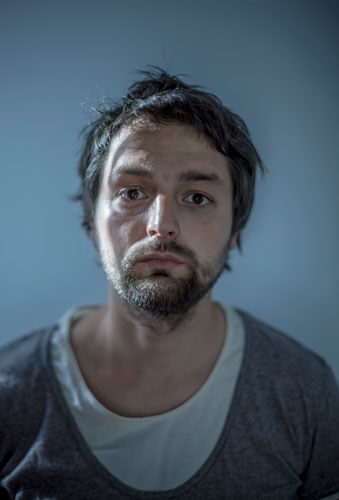Alexander Gronsky was born in 1980 in Tallinn, Estonia. He moved to Russia in 2006 and he became member of the Photographer.Ru agency in 2004. His works have been published in numerous international newspapers and magazines, such as The Sunday Times, Esquire, Le Monde 2, Vanity Fair, Spiegel, Bolshoy Gorod, Ojode Pez. He was awarded the Aperture Portfolio Prize in 2009, the Foam Paul Huf Award in 2010 and the World Press Photo 3rd place for Daily Life stories in 2012. Alexander Gronsky is represented by Agency.Photographer.Ru and Gallery.Photographer.Ru.
Alexander Gronsky has joined INSTITUTE for Artist Management in 2012.
About Pastoral
In his photographic account Pastoral, Alexander Gronsky portrays the outskirts of Moscow: the places where humanity takes refuge to find solace far from the cities, colliding with urban expansion and frailty of nature. The space explored lives “in between”, suspended in the nothingness of the unknown and what stands “on the other side”. Gronsky is a landscape photographer with an incredibile ability to capture natural scenes with an allegorical meaning: expanses and hills, spectacular lights, broad horizons. His skilful use of perspective and his ability in composition, lead the observer’s eye deeply into the landscape, generating a sense of astonishment for every place portrayed in photo. In the images, human presence is constant, Gronsky looks for infrequent but precious moments of relief and diversion in woody areas and open beaches, in remote corners and common meeting places. Meanwhile, he always bears in mind the proximity of the big city: glimpses of skyscrapers and industrial parks can be seen in the distance between the trees or, sometimes, surprisingly close to the people “surrounded by nature”.
(Source: www.contrastobooks.com)